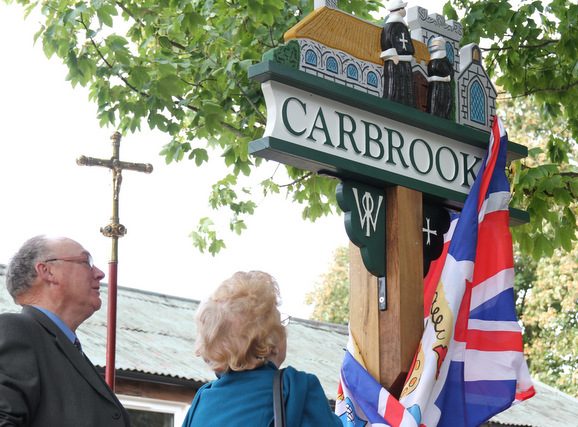
From earliest times, mills have been very important to human populations, as an efficient production method for flour, and in turn bread, the staple diet of our ancestors. Using at first, water or wind power, and much later steam, paraffin and electricity. At the time of the Domesday survey, there were no wind mills, only water mills, and Carbrooke owned one.
Mill design has changed very little in general over the centuries, the post mill being the earliest type of European windmill.
The first mention of a Carbrooke Mill, was in the time of Edward the Confessor 1042-1065, belonging to The Manor of Carbrooke.
‘Alfere, a Saxon freeman in the Confessor’s time, held the chief of this, and the other Cherebroc, there being in this, at that time, four carucates and an half, three of which were his own demeans; the wood maintained 400 swine, and he had a mill, and half the fishery of the river;’
Francis Blomefield History of Norfolk Volume 2 Wayland.
Then in 1338, in the general return of the Knights Hospitallers
‘In addition to many acres of land and pasture at Carbrooke, Costessy, and Bamburgh, which they farmed themselves, the Preceptory had large rents both in money and kind, the latter being paid in barley, oats, or poultry, as well as autumn services from villeins. The court fees and perquisites averaged £4; two windmills brought in 40s, and the dovecote 6s. 8d.’
From: ‘House of Knights Hospitallers: The preceptory of Carbrooke’, A History of the County of Norfolk: Volume 2 (1906), pp. 423-425.
The ‘Norfolk Mills’ Website, has researched and published much information on the Mills of Norfolk, past and present. Below. The Carbrooke Pages contain masses of information and photographs of Carbrooke mills and people.
Page last Updated 05.06.2025
